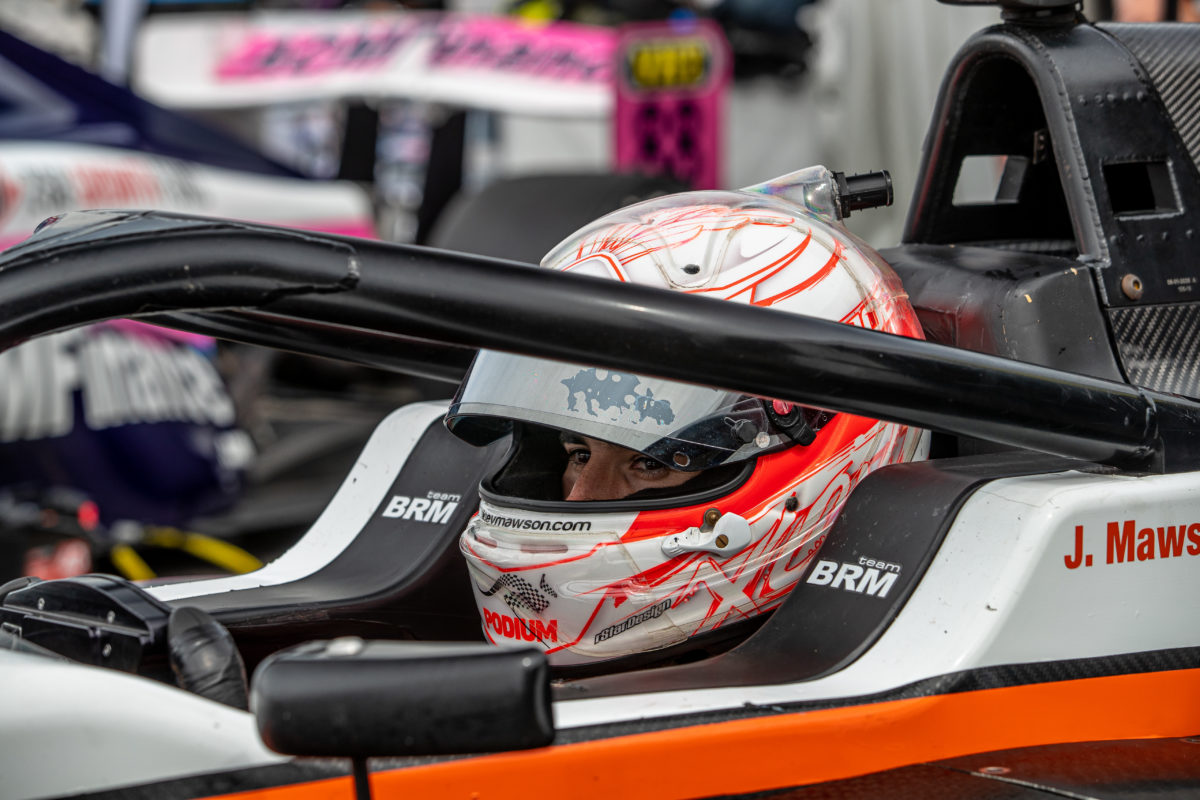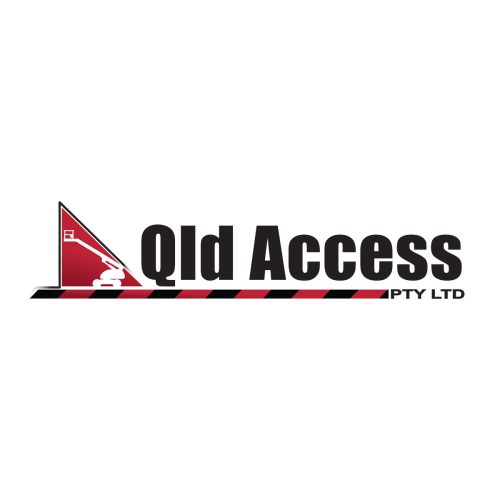

Many readers will be aware that two-time S5000 Champion Joey Mawson recently applied for a Superlicence so that he could co-drive in the Supercars Enduro races later this year, potentially with PremiAir Racing.
At the time of writing, Joey’s application had not been approved.
So, in the interests of transparency, let’s take a look at whether that application should in fact have been granted and exactly how the system works.
Firstly, it’s important to understand that an application for a Superlicence to race in the Supercars Championship is, in effect, a two-stage process with separate hurdles to be jumped as laid out by Motorsport Australia in the first instance, and then, secondly, by Supercars.
MA will issue a Superlicence on the basis that the applicant can satisfy the following three criteria:
- Holds a minimum of an FIA International C licence
- Is at least 17 years old
- Has a minimum of 13 points under either the FIA or MA Superlicence points system during the five years prior to the application
For MA, in the event that a driver cannot satisfy the third point above, then they will accept instead one of the following:
- Has finished in the top six of the Super2 series the previous year
- Has competed in at least three rounds of the Supercars Championship within the last five years
- Holds an FIA Gold or Platinum Driver Categorisation
In Joey’s case, he ticks all the first three criteria (he has 24 points under the MA points system through winning two S5000 Championships) easily so has no need to rely on any of the second set of bullet points.
Therefore, Motorsport Australia can, and did, grant him a Superlicence, irrespective of any position that Supercars take.
However, Supercars, as they are fully entitled to do, demand that one of the following criteria must be satisfied over and above having an MA Superlicence if a driver is to race in the Supercars Championship. A driver must:
- Have finished in the top six of the Super2 series the previous year
- Have competed in at least three rounds of the Supercars Championship within the last five years
- Have competed in at least six rounds of the Super2 series within the last three years
- Hold an FIA Gold or Platinum Driver Categorisation
(Let’s park, for the moment, the ludicrous anomaly that that an absolute flog of a driver that has done two events a year in Super2 over the last three years and came last each time qualifies for a licence automatically but the driver who finished seventh last year, and was possibly a race winner, doesn’t…)
Joey hasn’t driven in Super2 or the Supercars Championship so he’s not going to tick one of the first three boxes. However, there remains the FIA Driver Categorisation option.
And this is where it gets interesting.
Joey has been categorised as an FIA Silver Driver. However, that is clearly an error.
The FIA Driver Categorisation Regulations unambiguously state that a driver who has been a “Top 5 finisher of a Tier 2 Series” during his or her career must be categorised as a Gold Driver.
Joey has finished in the top five of a “Tier 2 Series” no less than three times. Tier 2 Series includes Formula 4. He has finished both first and second in the German F4 Championship as well as finishing fourth in the French F4 Championship.
He is unequivocally a Gold Driver.
Joey, upon realising the categorisation mistake, applied to the FIA for reclassification. However, the FIA rules are strict, and they state that they will only change categorisations on an annual end-of-year basis regardless, it seems, of unintended errors.
Therefore, his current officially listed status remains as a Silver Driver.
So, Supercars have chosen, as of the time of writing, not to allow Joey to compete. This is despite the fact that the Supercars Operations Manual contains a further rule that states:
- Under exceptional circumstances, in its sole discretion, Supercars may approve the entry of a driver based on his/her international or historic Supercars racing achievements (emphasis is mine)
This is evidently the clause that was used, correctly in my opinion, to allow Russell Ingall and Greg Murphy to compete at Bathurst, for instance.
The fact is that the same clause could easily be used in this instance as his international racing achievements are what gives Joey his indisputable right to Gold FIA status.
I should say that I totally support the notion that it is important that Supercars protect the integrity of the Championship by avoiding seriously under qualified drivers from participating. Furthermore, I also support the belief that Super2 is the best route to Supercars for the majority of drivers.
However, once in a while there will be exceptions to prove the rule. To deny this could be seen as monopolistic and short sighted. And once in a while there will be an anomaly such as this one whereby only a categorisation error, and subsequent bureaucracy, is standing in the way of automatic qualification.
In this case, Joey has raced extensively overseas with success regardless of whether value is placed by Supercars on his local S5000 achievements. Besides the F4 Championships in France and Germany, he’s raced in the FIA F3 European Championship, the old GP3 Series, Porsche Supercup and also the German Porsche Championship.
Be in no doubt. The decision about whether to allow Joey Mawson to co-drive this year rests firmly in one place only, namely with the management of Supercars. It doesn’t rest with the Supercars Commission. That is an advisory body.
Shane Howard, Supercars CEO, has the ability and authority to make the call.
Let’s hope that, maybe even by the time you read this, Supercars do the Right Thing without further prevarication and make this into a Good News story.




















Discussion about this post